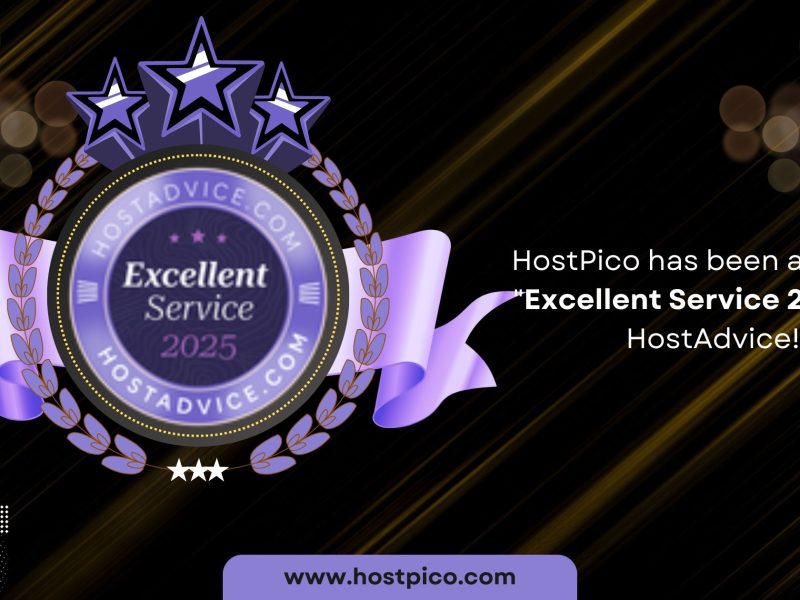As a blogger, there is nothing better than having a community of like-minded individuals around you. Reaching other people with your writing means that you can help them with your expertise and knowledge. And in turn, you will learn from them and get fresh inspiration for your content.
For that to happen, you have to market your blog. It’s a big part of being a blogger. However, many ignore blog promotion because they want to focus on writing only. The caveat is that excellent writing alone doesn’t draw in an audience automatically. Ultimately, building your following is entirely in your hands.
To be fair, growing your traffic beyond your friends and family does take some time and work. Luckily, you won’t have to guess what to do. Most writers who’ve built a large audience have followed a few best practices, which we want to share with you today.
5 steps to growing your blog audience
There are many different avenues you can take to build your audience. But, you certainly don’t have to attempt to master every one of them at once. Starting with one or two methods can already pay off. Before you jump in, let’s discuss one important principle first.
1. Focus on what really matters
If there’s one principle that every blogger should internalize, it would be to focus on what you can control. You can control your attitude. You can follow your passion. And you can continue to show up and publish your blog posts even if just a handful of people are reading them. The right attitude is especially important when self-doubt inevitably creeps in. Always remember the reason why you started to blog.
What you can’t always control are the results. So, how do you get more followers then? The fascinating thing is that when you respect the process and commit to the long game, the results will follow. By honing your writing, publishing consistently, and promoting your blog, you’ll eventually attract the people who are on the same wavelength as you.
With the right mindset internalized, you’re ready to dive into the details of building a blog audience.
2. Network with others
At first, it might seem like blogging is a lone adventure – an author writing and publishing from the solitude of his or her home office. The truth is, blogging really comes to life through social interactions. Often, a whole community of bloggers and readers forms around a certain niche.
To grow your following, you need to connect with others in your field. It’s as easy as starting conversations with fellow bloggers on your favourite social networks and leaving helpful comments on their blogs.
When talking regularly to bloggers, the topic of guest posting might also come up. It basically means that you write a post that will be published on another blog. By exposing your name and your writing to a new audience, you’re likely to gain more followers. Especially when you promote the post as it was your own. To secure a guest blogging opportunity, highlight how your contribution will benefit the blog’s owner and his or her readers.
3. Get organic traffic
People search for keywords in your niche every day on Google and other search engines. When one of your blog posts shows up in the search results, and someone clicks on it, you’ve received organic traffic.
So, how do you get your blog to top search engine rankings consistently? The answer is search engine optimization (SEO). It’s an ever-evolving and complex discipline, but there are certain fundamentals that every blogger can apply. Check out our 7 fundamental SEO best practices for bloggers.
Although you can start implementing these principles right away, there likely won’t be any quick results. SEO is a long-term strategy. It takes time for your site to build the authority to rank in a top position.
4. Be active on social media
Social media is an excellent way to distribute your content. Make sure to share every new blog post with your network on your preferred social channels, like Facebook, LinkedIn, or Twitter. When you accompany the link to your blog post with an enticing description of what your audience can get out of it, they’ll be much more likely to click.
Once someone is reading your post, you can also make it easier for them to share it with their network. Simply add social sharing buttons or “Click to Tweet” boxes to your blog posts.
Another way to leverage social media to grow your following is to join groups on Facebook and LinkedIn with your target audience. Help out whenever you can by answering questions and adding comments. When you link to blog posts that are relevant for the discussion, you’re likely to gain some new followers.
5. Grow your email list
While social media helps to reach your audience, you’re still at the mercy of algorithms that determine if someone sees your post or not. One surefire way to get your content to your followers is to build an email list. It’s as simple as adding a sign-up box to your blog. Email service providers like ConvertKit or Mailchimp let you even get started for free. Now, you decide when you want to get in touch with your audience.
But how do you get people to join your email list? Incentivize them with a lead magnet. This could be a free guide, template, or checklist that addresses one of the most pressing problems your audience is grappling with. When someone joins, greet them with a short welcome email sequence. In two or three emails, you can introduce yourself, share your most popular articles, and even ask some questions to get to know your new subscriber better.
Promoting your blog is time well spent
Promoting your blog is just as important as writing your blog posts. Think about it. You’re already putting time and effort into producing quality content. By making sure that your writing is seen by the right people, you’re getting the most out of your work.
However, if you’re already struggling to find time to write, it can seem impossible to dedicate even more time to blog marketing. In this case, take a look at our 7 practical tips for busy bloggers. These best practices will help you fit blogging into your time-strapped life.


